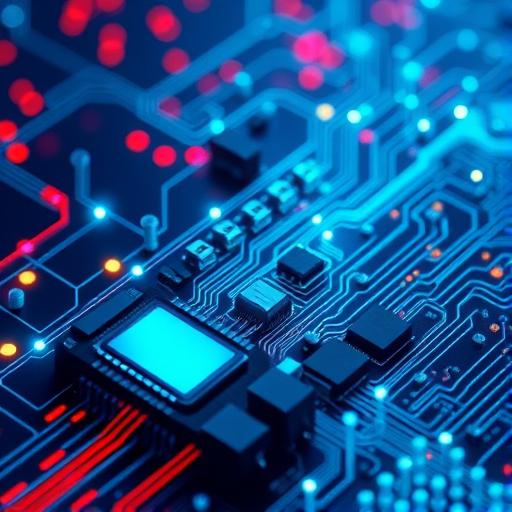Essential Guide to Edge Computing in IoT: How It’s Transforming Smart Tech
The Internet of Things (IoT) is experiencing a significant boom, but traditional cloud-based models often struggle to keep up with the speed required. This is where Edge Computing in IoT comes into its own. By bringing data processing closer to the physical devices, edge computing reduces lag, boosts performance, and improves efficiency.

For those utilizing or planning to use IoT solutions, the implementation of edge computing could revolutionize your operations.
What Is Edge Computing in IoT?
Edge Computing in IoT refers to the process of analyzing data closer to its source, specifically on or near the device itself, instead of relying on a far-flung cloud server. This method significantly reduces the need for the transmission of large amounts of data, leading to speedier decision-making processes and lower network costs.
Imagine a smart sensor detecting an equipment fault and instantly reacting, without having to wait for cloud approval. That is the power and potential of edge computing.
How Edge Computing in IoT Works
Edge computing can be understood through this simple breakdown:
- IoT devices like sensors or cameras collect data.
- The collected data is processed locally on edge devices such as gateways or microcontrollers.
- Only the essential or summarized information is sent to the cloud.
This process reduces latency, saves bandwidth, and facilitates real-time actions.
3 Key Benefits of Edge Computing in IoT
1. Faster Response Times
Edge computing analyzes data instantly at the source, making real-time operations possible. This is particularly effective in applications such as smart traffic systems, industrial automation, and autonomous vehicles.
2. Lower Bandwidth and Cloud Costs
With edge computing, only relevant data is sent to the cloud, reducing data traffic and saving on storage costs.
3. Improved Data Privacy and Security
Sensitive data remains close to the device and doesn’t always need to be transmitted externally. This lowers risks of interception and potential data breaches.
5 Real-World Applications of Edge Computing in IoT
Edge computing is already being utilized across multiple industries:
- Healthcare: Wearables and remote monitoring devices use edge computing to alert doctors instantly.
- Retail: Smart shelves track stock levels, notifying staff immediately.
- Manufacturing: Equipment sensors detect faults, auto-adjusting operations on-the-fly.
- Agriculture: Drones equipped with soil sensors help farmers manage crops more efficiently.
- Smart Cities: Cameras and sensors help optimize traffic lights and control energy usage.
These use-cases all rely on real-time processing, which is better facilitated by edge computing than by the cloud alone.
4 Challenges of Edge Computing in IoT
Despite its numerous benefits, edge computing does face certain challenges:
1. Hardware Limitations
Edge devices often have limited storage and processing power, which can limit performance.
2. Security Risks
Without proper security measures, edge devices can be vulnerable to both physical and cyber attacks.
3. Deployment Complexity
Managing numerous edge devices across a distributed network can be complex and time-consuming.
4. Standardization Issues
Devices and platforms often lack compatibility, making integration difficult.
How to Get Started with Edge Computing in IoT
The following steps can help when adopting Edge Computing in IoT:
- Identify use-cases where real-time data is critical.
- Select reliable edge hardware and sensors.
- Develop applications tailored for local data processing.
- Ensure strong device-level security protocols.
- Plan for monitoring and updates across devices.
Starting with small pilot projects can also help prove the value of edge computing before scaling up.
3 Reasons Edge Computing in IoT Is the Future
1. Growth of Connected Devices
With billions of IoT devices coming online, centralized processing will struggle to keep up.
2. Rise of AI at the Edge
The use of AI models directly on devices means smarter, faster decisions without cloud delays.
3. Need for Resilience and Autonomy
Critical systems like healthcare and industrial machinery can’t afford to wait for a cloud connection to respond.
Final Thoughts on Edge Computing in IoT
Edge Computing in IoT isn’t just a trend—it represents a smarter way to process data. It enables real-time responsiveness, reduces operational costs, and enhances system reliability.
As the IoT continues to expand, edge computing will play an increasingly vital role in unlocking its full potential.
If you want to learn more, explore a deeper dive in this detailed Wikipedia article on Edge Computing.
Stay ahead of the curve—embrace edge computing and elevate your IoT systems to be faster, smarter, and more secure.
